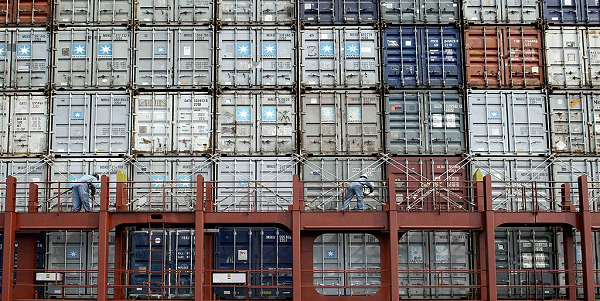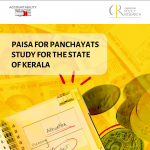
Corruption in Government Procurement
24 August 2019
Apart from the corruption in government transactions with the general public in the delivery of services, corruption in government procurement happens to be the most important form of corruption in the public sector. The variety and volumes of government procurement are enormous. They primarily include the hiring of government staff and the purchase of capital and consumable goods and services by the government. Hiring of staff and their deployment is a matter that is in itself so vast, that it merits a separate discussion altogether. Therefore, for the purposes of this blog series, I propose to confine myself to the purchase of goods and services by the government.
There is a wide variety of purchases that are made by the government, ranging from office clips to aircraft carriers. In addition, government also outsources its services to private players, such as, for example, in the form of catering contracts, hiring of vehicles and taxies, cleaning and sanitation services, security provision and of late, outsourced office resources. Private-public partnerships are another form of service delivery arrangements. In all these arrangements, however, some generic rules apply as to how governments are to engage in procurement activity.
The simplest and most easily understood rule is the one that the government, when it has a choice, must buy from the supplier who agrees to supply at the cheapest price. ‘Purchase from the L1’ as it is often referred to, has led to an abundance of jokes; remember the one about the astronaut sitting back in his hot seat, waiting to be blasted off into space, reflecting upon the grim fact that everything on the rocket was supplied by L1, the lowest tenderer? However, this is not some eccentric and rigid rule that is to be applied mindlessly. The underlying rationale behind this long held precept is that the government must, single minded, strive to get the best value for the money that it dispenses. The moment that one brings in the fundamental objective of obtaining the best value for money, price is no longer the sole criterion. The quality of the product (however that may be determined and articulated), the practicality of its application, the ease of maintenance, durability, longevity and a host of other factors that contribute to the best value for money, jostle for space and attention.
All questions that pertain to procurement are best understood if one answers the few fundamental questions asked to the buyer. First, why does one want to procure something? Is the need identified, and the use of the product to fulfill that need beyond doubt? Second, what is the description of the product, with as much precision as possible, which will meet the identified need? Third, what is the volume of the product that is required in order to satisfy the identified need? Once the justification for and the description and volume of the items sought to be procured is ascertained, then come several subsidiary, but equally important questions that have to be answered. When does one want that product? At how many points and how many items per point, is the delivery required? What is the maintenance requirement for the product? What is the experience and track record of the aspiring suppliers? Who will inspect and satisfy themselves that the consignment conforms to the agreed description of the product that is sought to be procured? What are the terms of payment? What are the terms and conditions of a guarantee, if any, to which the supply will be conditional? And finally, what is the proposed price of the product?
These fundamental questions, more or less in the same degree, apply to the procurement of services as well. As one enters into answering these, the process of procurement gets more and more complicated. Yet, procurements are inevitable, and since each one of these questions requires an element of discretion in their consideration, these transactions are inevitably corruption prone.
Years back, on the eve of the centenary of the first hydroelectric power station built in India, my wife and I investigated the procedures followed by the government of the princely state of Mysore in procuring the machinery and construction of the power station. Our enquiries revealed a fascinating tale of how procurement was done. I will elaborate in my next blog, to show that the questions that concern procurements of today have not fundamentally changed in more than a century.
This blog is part of a series. The first blog can be found here.





